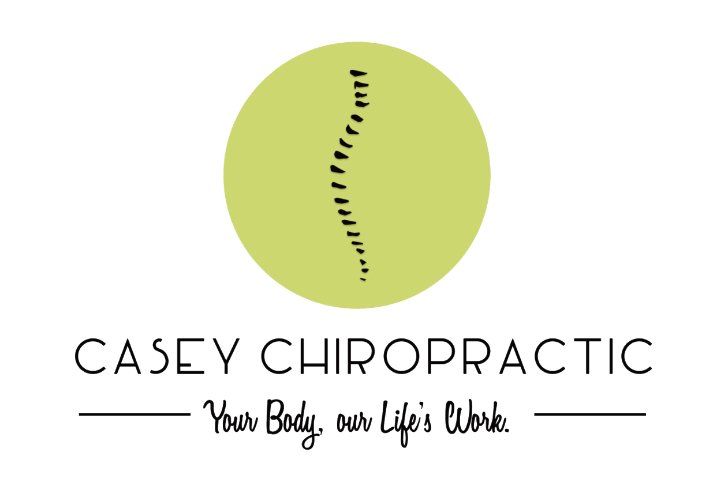Shoulder Pain Relief in Cranbourne
 Shoulder pain is a common condition we regularly treat at our practice. Based on our experience, patients often present with a variety of shoulder issues that respond well to chiropractic care.
Shoulder pain is a common condition we regularly treat at our practice. Based on our experience, patients often present with a variety of shoulder issues that respond well to chiropractic care.
Common Causes of Shoulder Pain
We frequently see patients with sprains and strains affecting the shoulder, including rotator cuff injuries, ‘frozen’ shoulder, bursitis and partial tears. Many shoulder problems are directly related to posture. When someone experiences poor posture; hyper-kyphosis (rounded upper back) and forward head carriage, it significantly reduces shoulder function and places more strain and loading on the shoulder joint and surrounding tissues.
Treatment of shoulder pain requires a comprehensive approach because the discomfort often stems not just from the shoulder itself but also from the neck and upper back. These areas commonly refer pain to the shoulders. Overuse and repetitive activities are another significant contributor to shoulder discomfort we regularly address.
Other specific conditions we see include impingement syndrome, bursitis, and supraspinatus tendinitis. While we don’t cure these conditions, our approach can significantly help improve joint function which reduces discomfort, irritation and strain on these conditions.
Our Chiropractic Approach
Treatment Techniques
We employ a variety of techniques tailored to your specific condition and comfort level. Our treatment typically includes manual techniques to address joint restrictions, mobilisation techniques to improve range of motion, and soft tissue myofascial release to address muscle tension.
We incorporate stretching to improve flexibility and use low-force instrument adjusting techniques when a gentler approach is needed. We commonly provide specific stretches or exercises to help rehabilitate the rotator cuff and surrounding structures, ensuring long-term improvement rather than just temporary relief.
Timeline for Improvement
With consistent treatment, most patients experience improvement in shoulder function and reduction in pain. A series of consistent adjustments typically helps improve function and restore proper shoulder mechanics. However, in cases involving sprains, strains, or more chronic conditions like frozen shoulder, recovery may take longer and often benefits from a team approach involving multiple practitioners.
For complex cases, we may recommend complementary therapies such as myotherapy, Chinese medicine, or physiotherapy to achieve optimal results.
Preventative Exercises and Recommendations
We recommend specific exercises to prevent shoulder pain, focusing first on improving thoracic spine function to reduce hyperkyphotic posture. This foundational work often makes a significant difference in shoulder function. We provide guidance on rotator cuff strengthening and shoulder blade stabilisation exercises tailored to your specific needs.
We may suggest stretches using resistance bands or doorway stretches to improve mobility. Being conscious of your posture throughout the day is critical for long-term shoulder health. For some patients, we recommend working with a physiotherapist, exercise physiologist, or Pilates instructor for more intensive rehabilitation.
Frequently Asked Questions
Are there specific exercises that can help alleviate shoulder pain?
How long will shoulder pain last?
What are some ways I can prevent shoulder discomfort?
Book an Appointment
If you’re experiencing shoulder discomfort, we want to help. Contact us today to schedule an appointment.
CONTACT US

